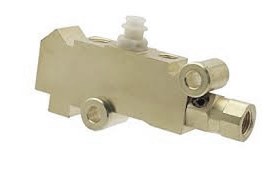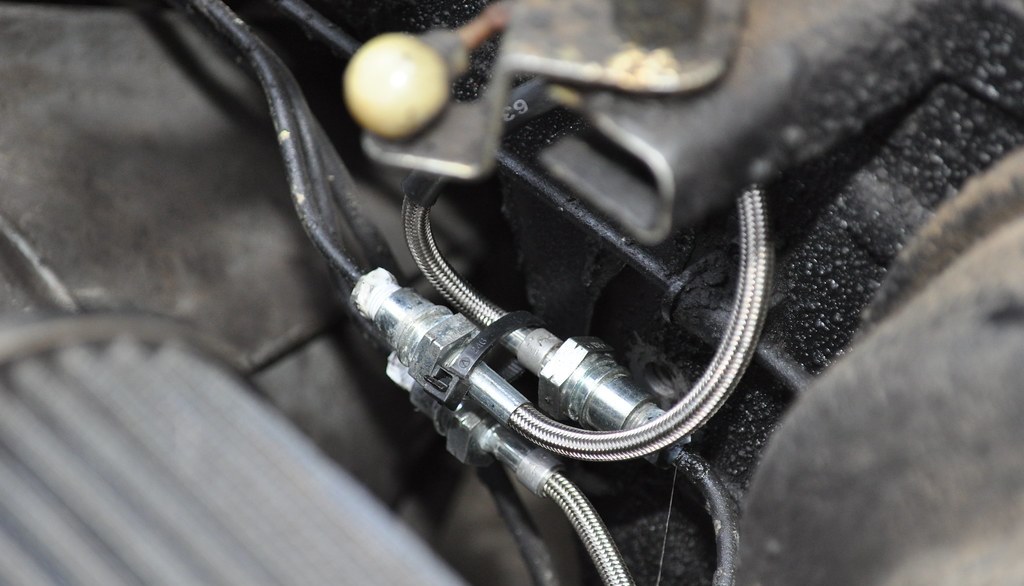What does your car’s combination valve do?

Ever had your car fail a WOF and the inspector reckons it’s the brake valve giving grief? You’re not the only one – we see this all the time at Grimmer Motors, especially with all the stop-start driving through Five Cross Roads, cobbled together speed bumps in Rototuna, and the odd pothole out by Morrinsville or Ngaruawahia. Honestly, the combination valve (sometimes called a brake proportioning valve or brake valve) is one of those parts that just seems to wear out quicker with Hamilton’s mix of weather and road conditions.
If you drive something like a Honda Jazz, Nissan Tiida, Suzuki Swift, or even a European like a Peugeot 308, chances are you’ve got a combo valve doing some serious work, especially with front disc brakes and rear drum brakes. Spotted a few bent wheels after hitting potholes on Te Rapa Straight? You’re not alone!
Combo valves are a bit of a triple threat under your bonnet. They’re made up of three main bits:
- The brake pressure switch
- The metering valve
- The proportioning valve
The brake pressure switch is basically your early warning system. If your brake fluid springs a leak or you lose pressure somewhere in the system (pretty common after years of city traffic and the salt and grit on the roads), it’ll ping your dash light to let you know before things get hairy on Cobham Drive at rush hour. We’ve had plenty of customers (guys and gals!) come in with that dreaded brake light on after a winter’s morning in Hamilton East – usually glad they noticed it before anything packed up for good.
The metering valve kicks in because disc brakes bite harder than drum brakes. If you’re in a Toyota Estima or an old Mazda Demio, this bit helps smooth things out so both the front and rear brakes actually pull their weight without your car pitching forward every time you stop at a Huntly roundabout. Basically, it makes sure everything works at once, not just the front brakes doing all the heavy lifting.
Then you’ve got the proportioning valve. Too much pressure in the rear brakes (say, you’ve loaded up your Subaru Forester for a weekend in Raglan and slam on the picks), and those rear wheels can lock up – not great in the wet, especially on the backroads. The proportioning valve turns down the pressure to the back, helping prevent things like tail waggles and out-of-control lockups.
WOF fail in Hamilton for brake valve issues?
If you’ve failed a WOF in Hamilton and the combo valve is on the sheet, don’t panic. Every week – especially after wet weather, or during HOT dry summers when seals crack – we see cars (from big SsangYongs to tiny Suzuki Altos) needing combo valves sorted. If it’s loose, leaking, or rusted up, it’s a safety issue. WOF inspectors are strict, but for a good reason. You want your brakes rock-solid – especially weaving through Frankton traffic or tackling the hills out past Cambridge.
Here’s a bit more from NZTA on what they check for brake valves if you’re curious.
Telltale signs your combo valve’s crook
- Rear wheels locking up – That’s usually too much pressure going to the back. Worst in the wet out by Tamahere or Silverdale.
- Brake warning lights – Self-explanatory. One of our techs can scan it for error codes if you’re not sure what’s up.
- Car nosedives hard when braking – More than usual when you slam the brakes at the lights on Ulster Street? Metering or proportioning valve could be buggered.
Need a brake valve replacement in Hamilton?
Failed a WOF over brake valves? Or just feeling that the brakes don’t feel right in your Toyota Passo, Audi Q3 or late-model Kia Seltos? Pop in to Grimmer Motors for a car service. We’ll check the combo valve, sort any leaks or sticky bits, and get you passing your WOF again. We do this every week – for all sorts of cars and all sorts of drivers, from Hamilton out to Cambridge and across to Te Awamutu.
Don’t wait till your brakes start making scraping noises or the dash lights up like a Christmas tree. For brake valve help, diagnostics, or replacement in Hamilton, give us a bell.

